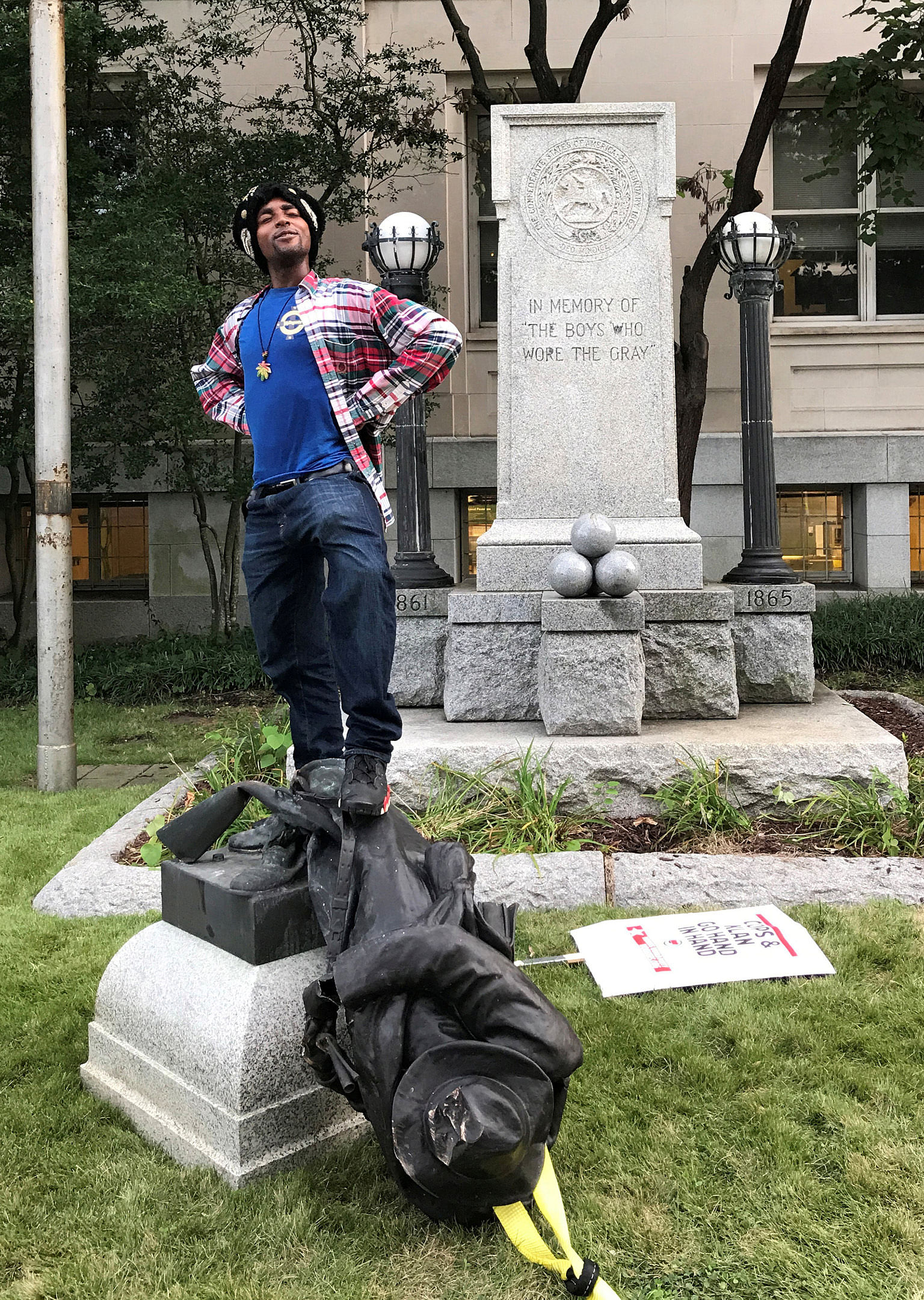CLEVELAND (Ohio) • For African-Americans, the Confederate flag and statues of its generals like Robert E. Lee, who led the American states in the south to secede from the United States over slavery and related issues, are symbols of the fight to keep their ancestors in chains.
For white nationalists, the removal of them, mainly from public buildings and parks, has become a rallying cry simply because they know they can find a sympathetic ear even among a large swathe of white Americans who are not bigots, but have simply come to accept such monuments as part of the landscape - and not just in the south.
Last Thursday, for instance, the Willoughby-Eastlake school district, east of Cleveland here in the north, decided to drop its Confederate soldier mascot. It may also drop the name Rebels - as southern soldiers were nicknamed - for its sports teams.
Down south the removal of statues and Confederate flags is accelerating. Yesterday, Duke University in Durham, North Carolina, removed a statue of Robert Lee from its chapel after it was vandalised. Charlottesville also plans to remove the statue of Lee that sparked the chaos there.
Yet many defend such statues and monuments of southern Civil War figures as a part of US history that should not be erased. US President Donald Trump tweeted last week: "You can't change history, but you can learn from it."
At least 620,000 soldiers are believed to have died during the Civil War, some 360,000 of them fighting for the north and 260,000 Confederate soldiers. Those numbers exceeded losses in all wars fought by the US up to the Vietnam conflict combined.

Thus, remnants of its many battles remain, mainly in the south. The Southern Poverty Law Centre listed some 1,500 Confederacy symbols on public land as of last year. Of them, 718 are monuments and statues. Three in four were built before 1950, but long after the war, with the civil rights movement spawning at least one in 10 afterwards.
The latest push to remove statues and the Confederate flag came after the June 2015 massacre in Charleston, South Carolina. Dylann Roof, a young white supremacist who killed nine black Americans during a church service, took photos of himself standing with Confederate flags and memorabilia.
Dr Gerald Horne, an African-American historian at the University of Houston, emphasised on MSNBC's The Beat last week: "These statues were erected not only because they were designed to express white power but also antipathy and animosity to the newly freed enslaved population, not only because of white supremacy but because the abolition of slavery represented the confiscation of private property without compensation. And there's nothing like a lost fortune to make people angry, particularly when that lost fortune is walking around your neighbourhood acting cheeky about the matter."
Paul Zach

